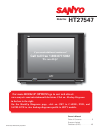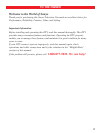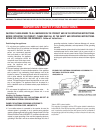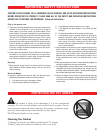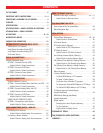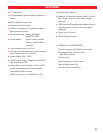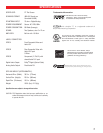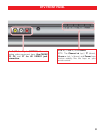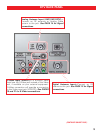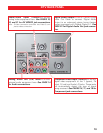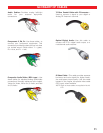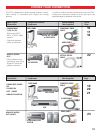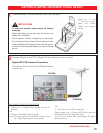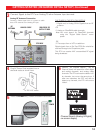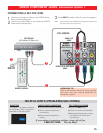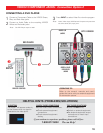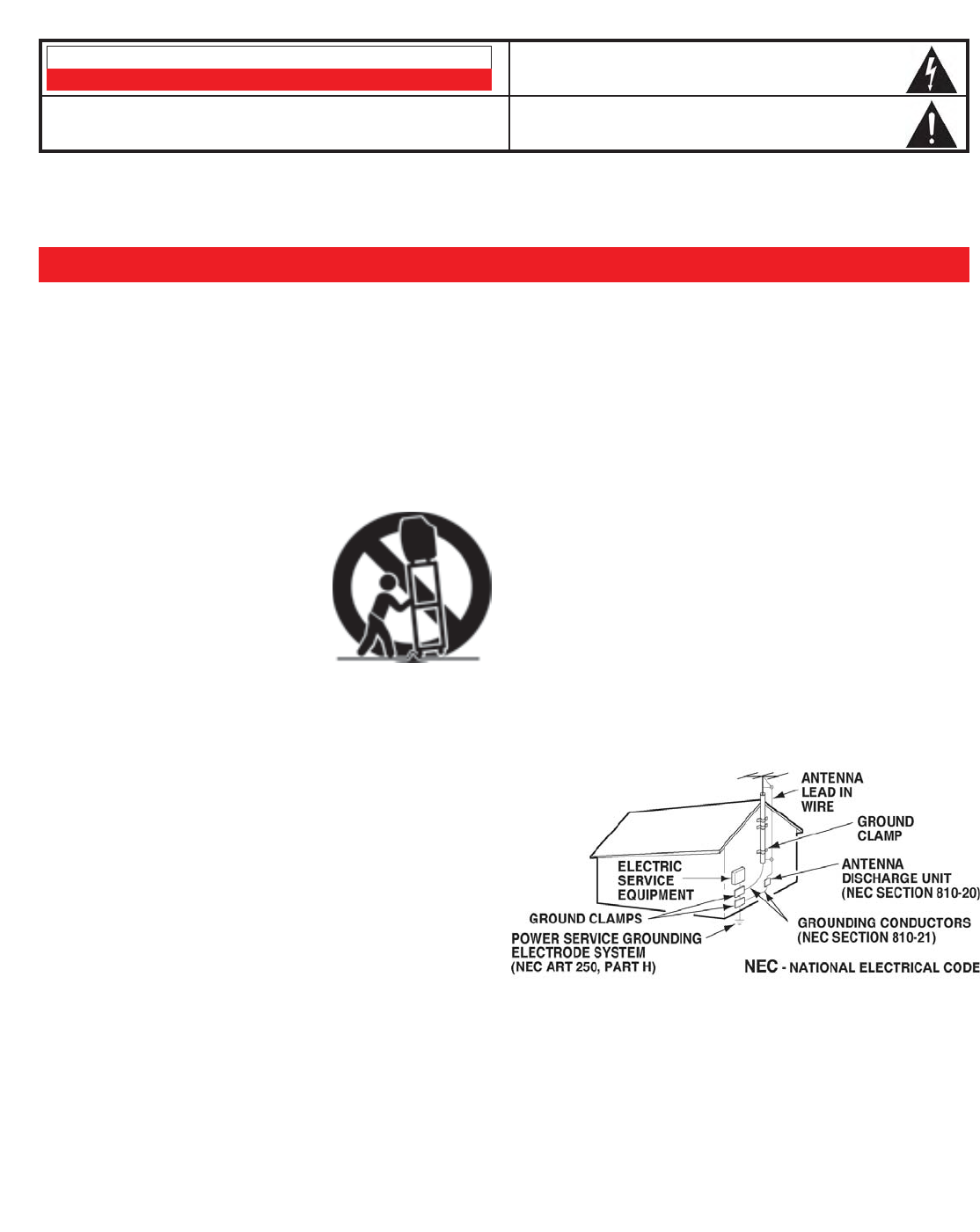
CAUTION
RISK OF ELECTRIC SHOCK DO NOT OPEN
CAUTION: TO REDUCE THE RISK OF ELECTRIC SHOCK, DO NOT REMOVE COVER (OR
BACK). NO USER-SERVICEABLE PARTS INSIDE. REFER SERVICING TO QUALIFIED
SERVICE PERSONNEL.
THIS SYMBOL INDICATES THAT DANGEROUS VOLTAGE CONSTITUT-
ING A RISK OF ELECTRIC SHOCK IS PRESENT WITHIN THIS UNIT.
THIS SYMBOL INDICATES THAT THERE ARE IMPORTANT OPERATING
AND MAINTENANCE INSTRUCTIONS IN THE LITERATURE ACCOM-
PANYING THIS UNIT.
WARNING: TO REDUCE THE RISK OF FIRE OR ELECTRIC SHOCK, DO NOT EXPOSE THIS APPLIANCE TO RAIN OR MOISTURE.
CAUTION: PLEASE ADHERE TO ALL WARNINGS ON THE PRODUCT AND IN THE OPERATING INSTRUCTIONS.
BEFORE OPERATING THE PRODUCT, PLEASE READ ALL OF THE SAFETY AND OPERATING INSTRUCTIONS.
RETAIN THIS LITERATURE FOR REFERENCE.
Follow all instructions...
IMPORTANT SAFETY INSTRUCTIONS
Positioning the appliance
1. Do not place your appliance on an unstable cart, stand, shelf or
table. Serious injury to an individual, and damage to the appliance,
may result if it should fall. Your sales-
person can recommend approved
carts and stands or shelf and wall
mounting instructions. An appliance
and cart combination should be
moved with care. Quick stops, exces-
sive force, and uneven surfaces may
cause the appliance and cart
combination to overturn.
2. Slots and openings in the cabinet and in the back or bottom are pro-
vided for ventilation. To ensure reliable operation of the appliance
and to protect it from overheating, these openings must not be
blocked or covered. The openings should never be covered with a
cloth or other material, and the bottom openings should not be
blocked by placing the unit on a bed, sofa, rug, or other similar
surface. This appliance should never be placed near or over a radi-
ator or heat register. This appliance should not be placed in a
built-in installation such as a bookcase unless proper ventilation is
provided.
3. Do not expose the appliance to rain or use near water . . . for
example, near a bathtub, swimming pool, kitchen sink, in a wet
basement, etc.
Hooking Up Outdoor Antenna
LIGHTNING PROTECTION FOR YOUR ANTENNA AND SET AS
PER NATIONAL ELECTRICAL CODE INSTRUCTIONS.
EXAMPLE OF ANTENNA GROUNDING ACCORDING TO
NATIONAL ELECTRICAL CODE, ANSI/NFPA 70
4. If an outside antenna is connected to the receiver, be sure the
antenna system is grounded so as to provide some protection
against voltage surges and built up static charges. Article 810 of the
National Electrical Code, ANSI/NFPA 70, provides information with
respect to proper grounding of the mast and supporting structure,
grounding of the lead in wire to an antenna discharge unit, size of
grounding conductors, location of antenna discharge unit, connec-
tion to grounding electrodes, and requirements for the grounding
electrode.
An outside antenna system should not be located in the vicinity of
overhead power lines or other electric light or power circuits, or
where it can fall into such power lines or circuits. When installing an
outside antenna system extreme care should be taken to keep from
touching such power lines or circuits as contact with them might be
fatal.
3
(CONTINUED ON NEXT PAGE.)
EXAMPLE OF ANTENNA GROUNDING ACCORDING TO
NATIONAL ELECTRICAL CODE,
ANSI/NFPA 70
“Note to CATV system installer:
This reminder is provided to call the CATV system installer’s attention to
Article 820-40 of the NEC that provides guidelines for proper grounding
and, in particular, specifies that the cable ground shall be connected to
the grounding system of the building, as close to the point of cable entry
as practical.”



